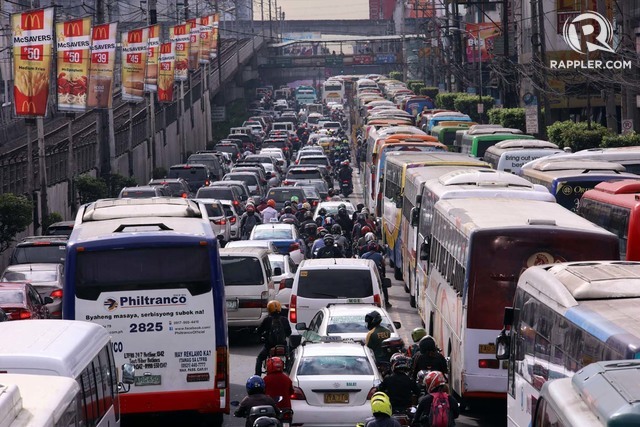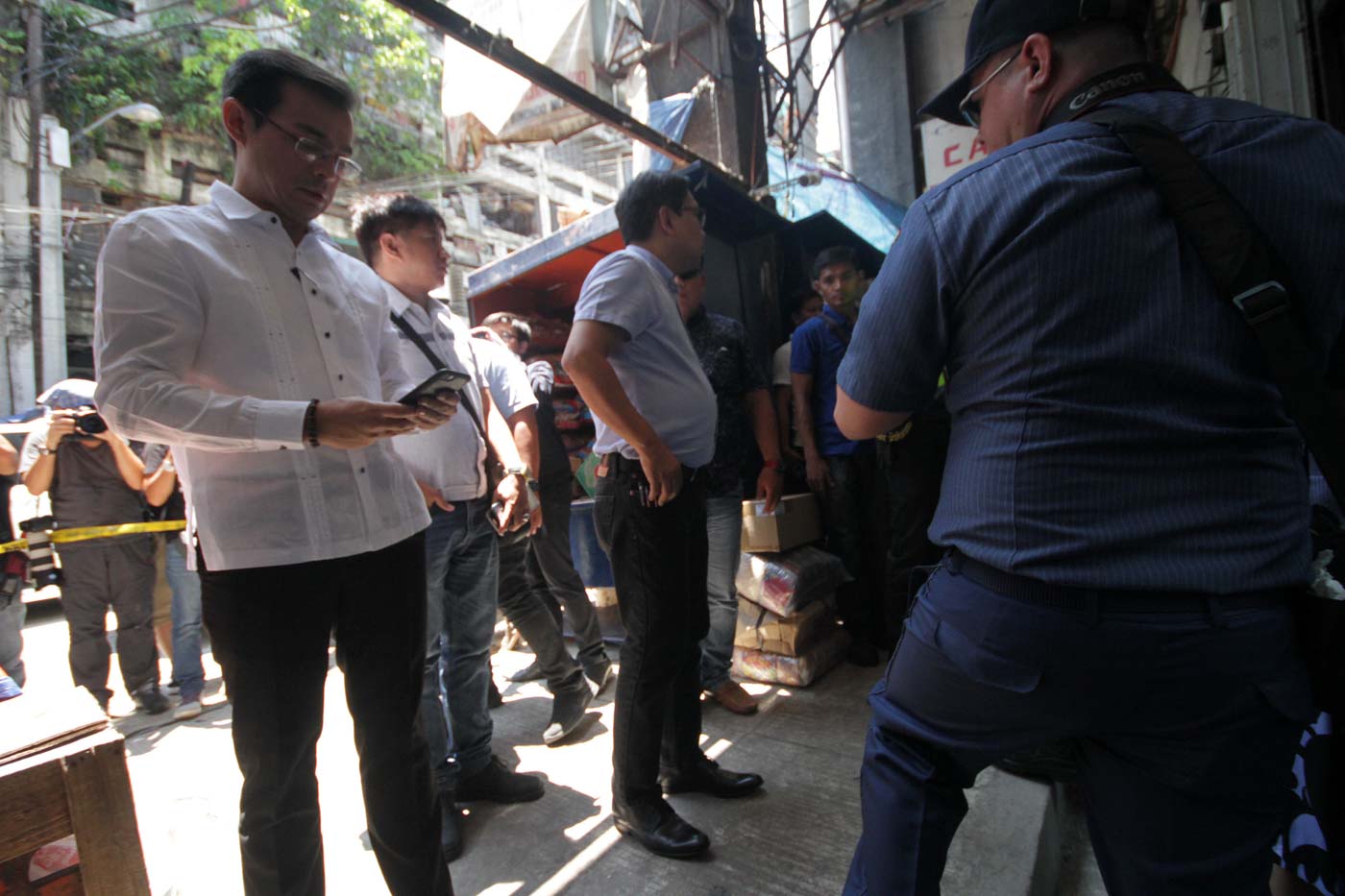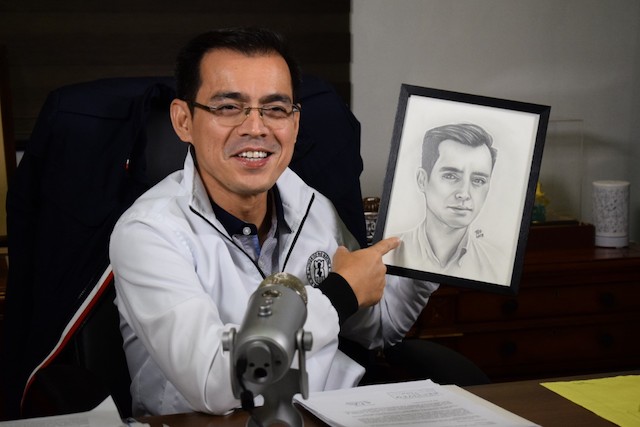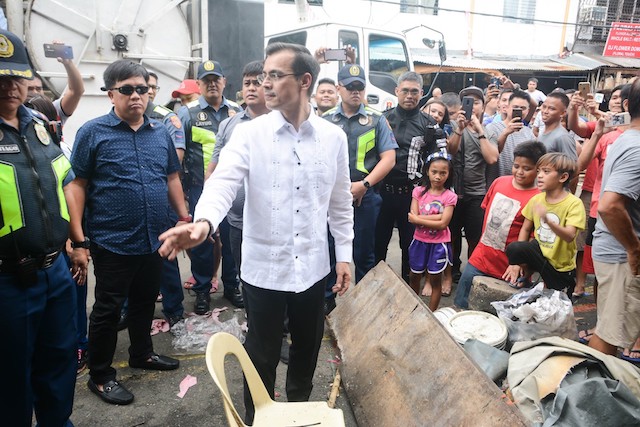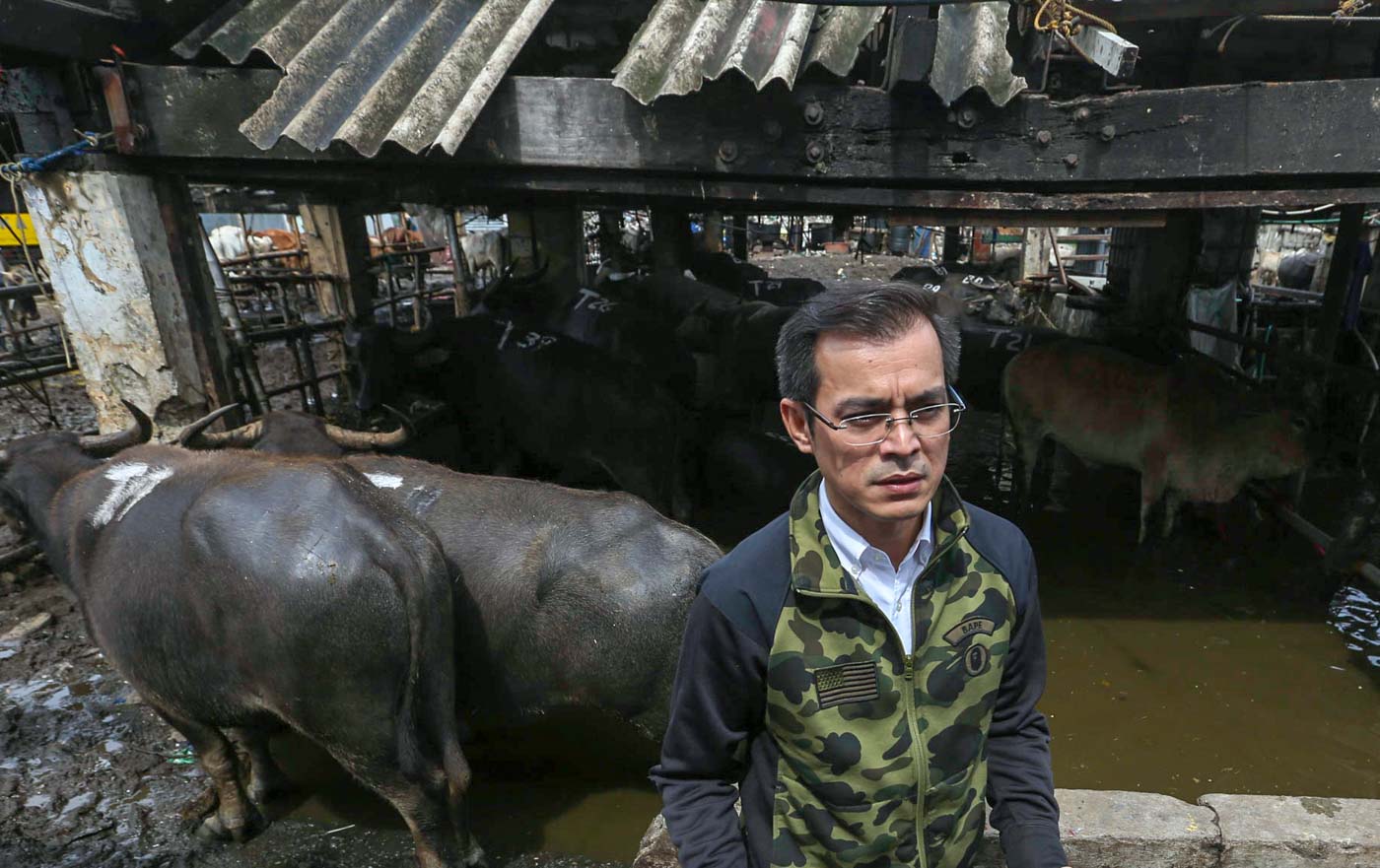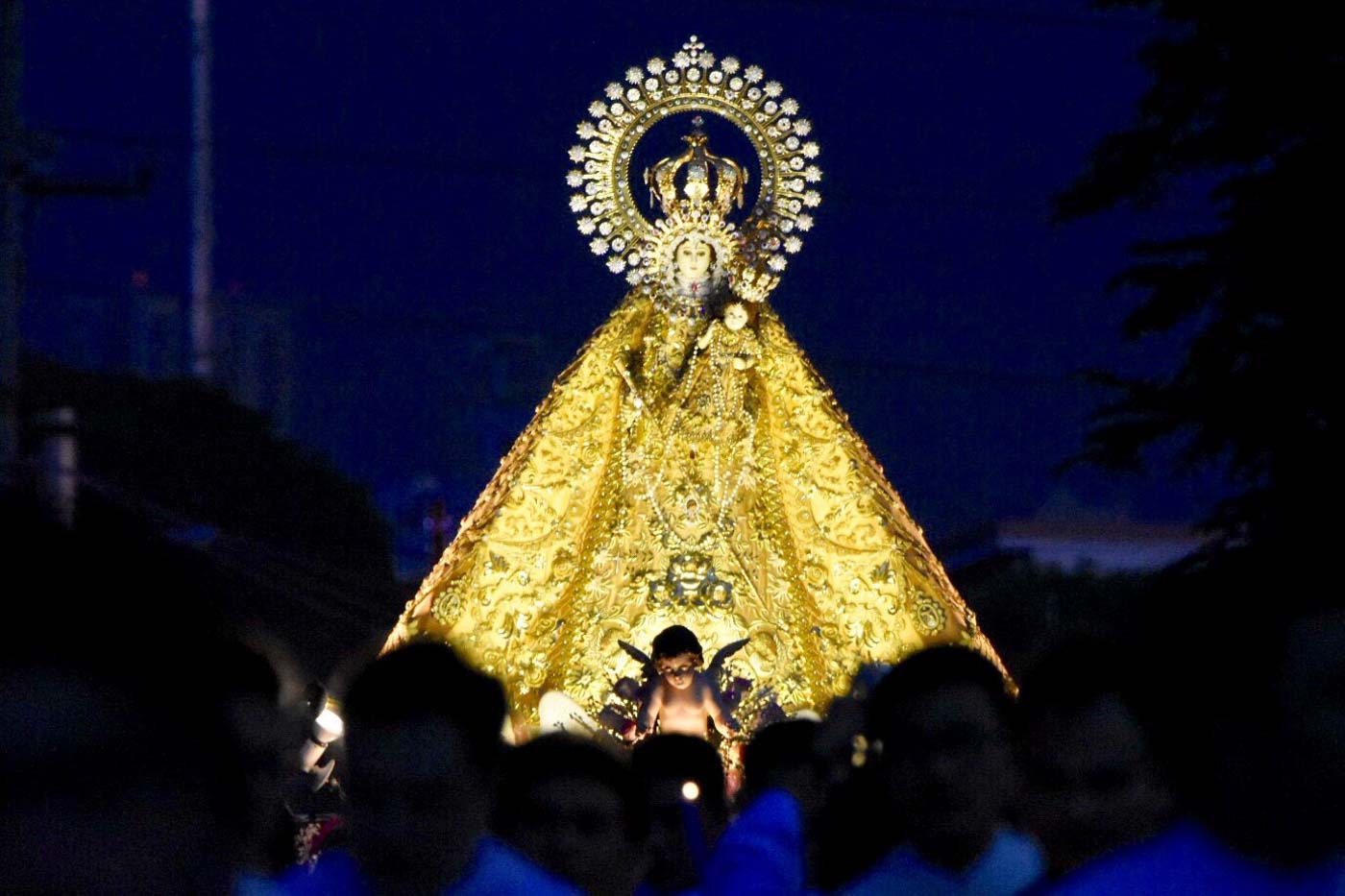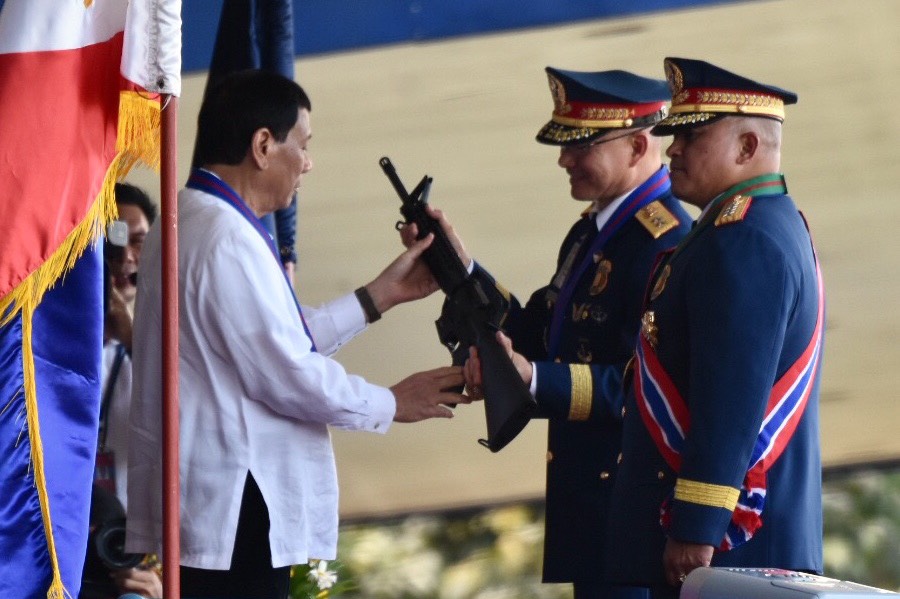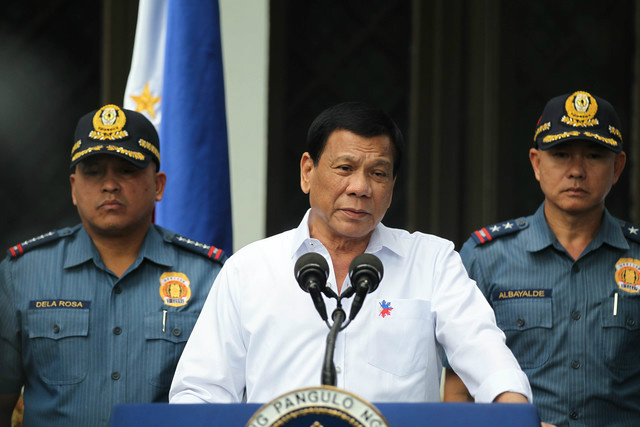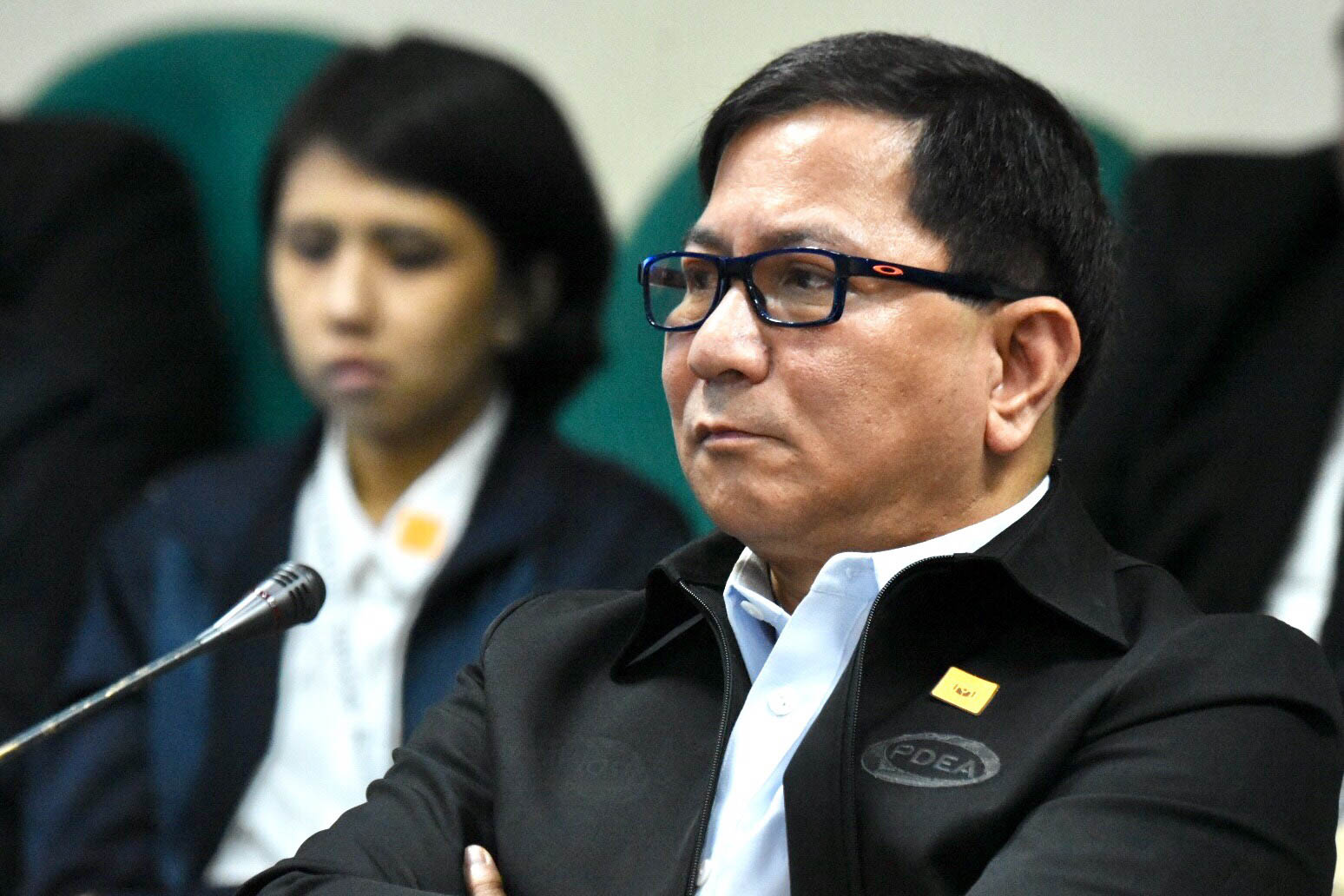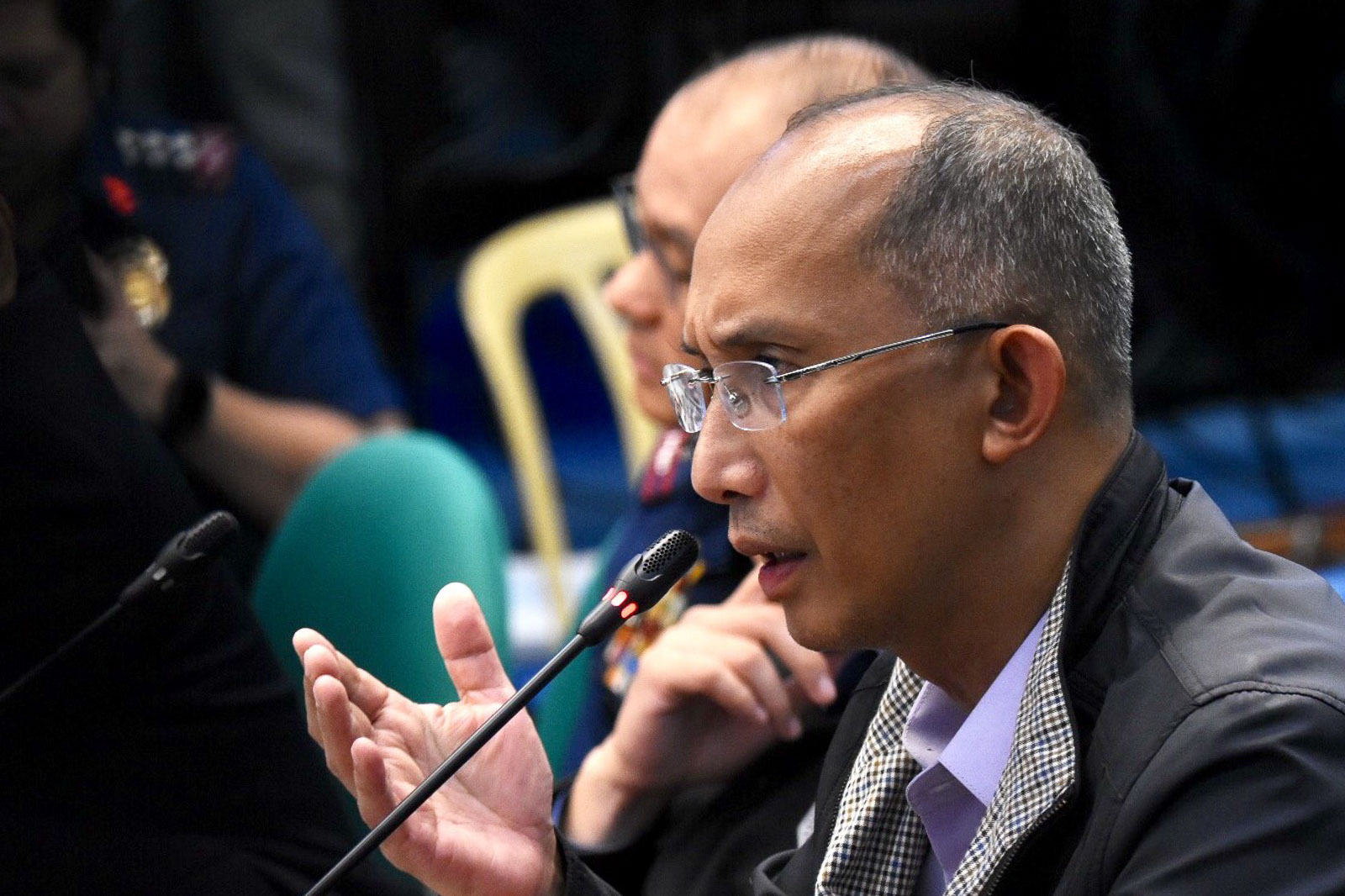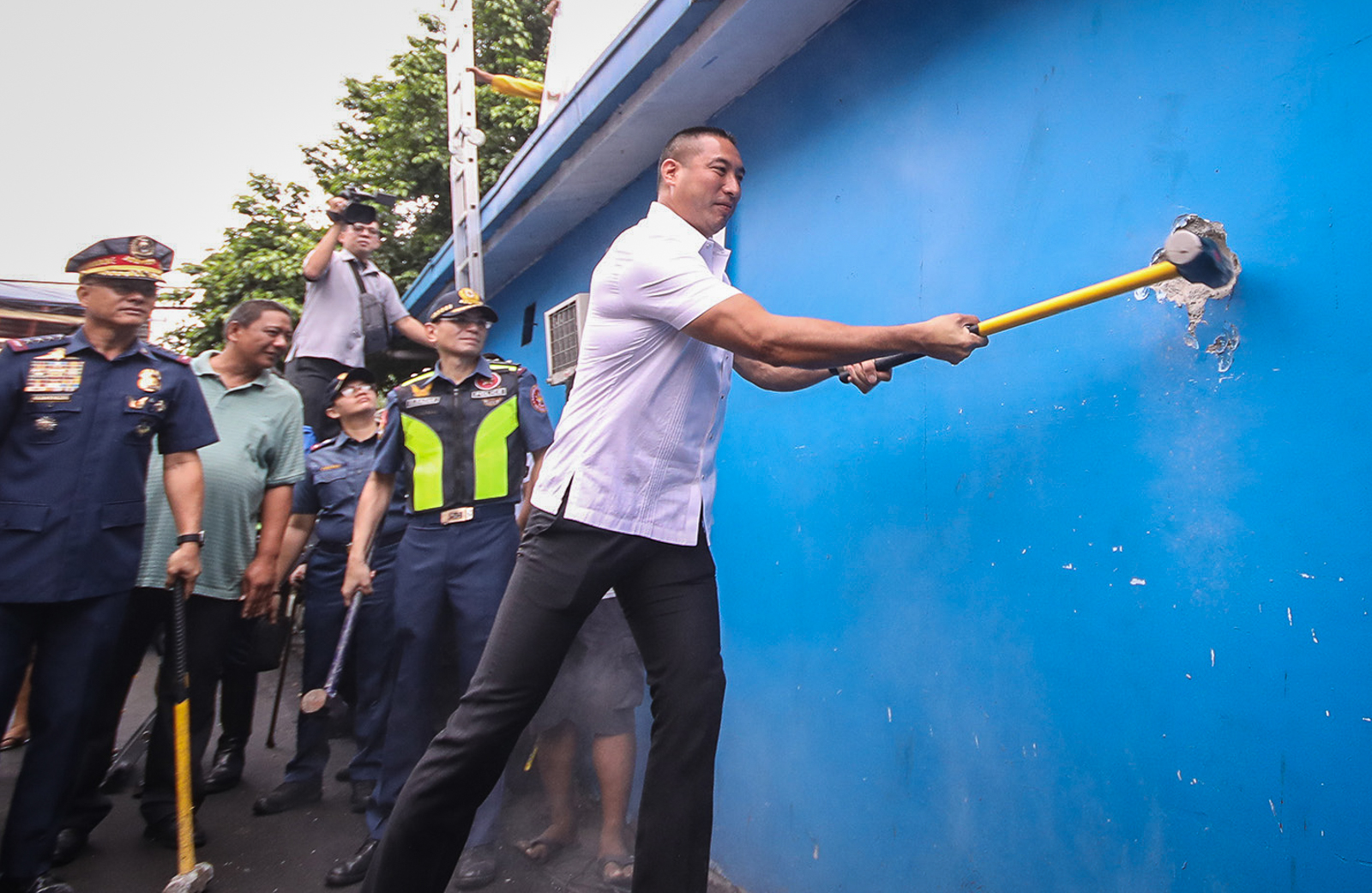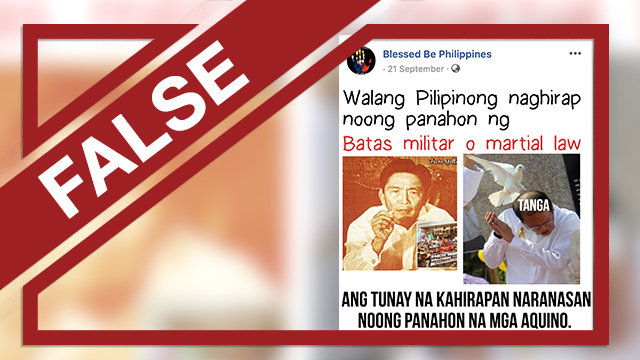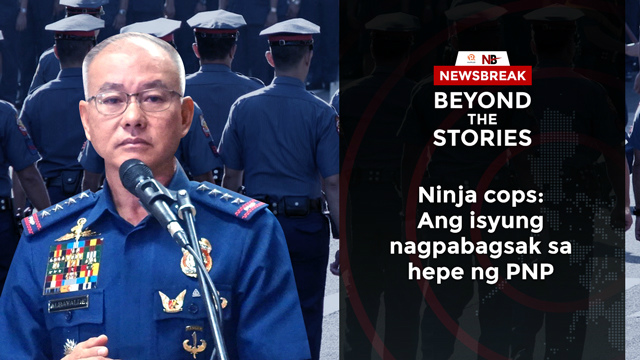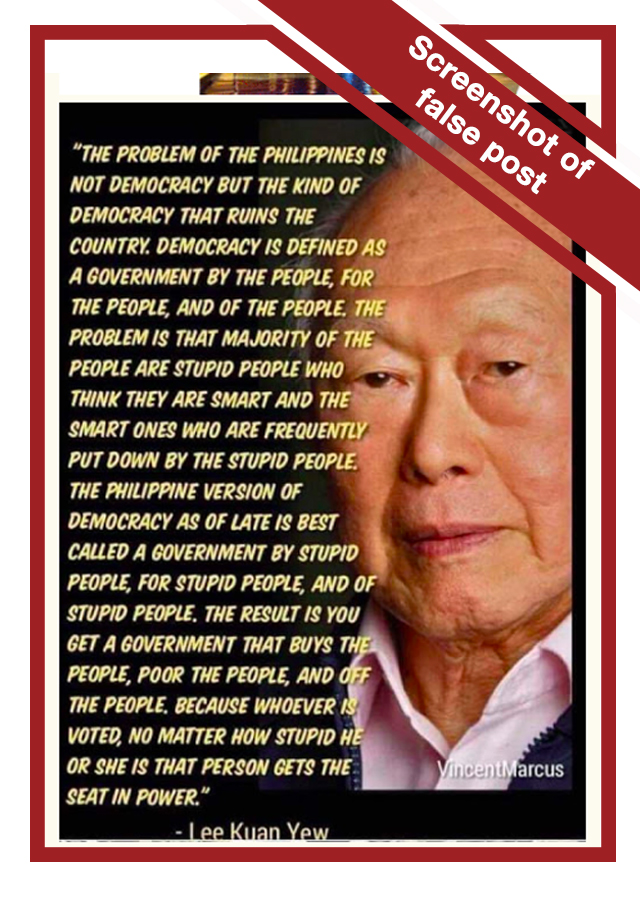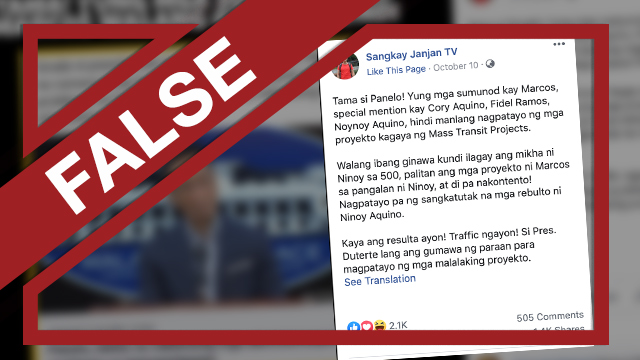
MANILA, Philippines – San Juan City Mayor Francis Zamora ran his 2019 campaign on the promise of a new style of governance and a new political culture in Metro Manila's smallest city.
But the fall of his former allies– the Ejercito-Estrada clan that had ruled the city for almost 50 years – came with a lot of problems to clean up after.
During the first State of the City Address he delivered on his 100th day in office, Zamora outlined his administration's early accomplishments and future goals, but he also stressed the need to address the previous administration's sins in order for the city to move forward.
Zamora has two years and 265 days to go for this first term. He is looking to serve for two more terms after. But 100 days in, what has the new mayor got to show for himself?
Inherited problems
| P500,000,000 | cost of public hospital renovation |
| P137,000,000 | worth of unused equipment delivered to the hospital |
| 60% | completion rate of public hospital renovation |
| P736,000,000 | worth of undercollected business taxes |
During his first week in office, Zamora promised to make governance in post-Estrada San Juan more transparent. He signed his Executive Order (EO) No. 1, he said, after uncovering documents showing questionable transactions done by the previous administration.
Zamora's first executive order seeks to institutionalize a pre-audit system in all transactions of city departments. The EO is "a reminder that all employees, job order or permanent, need to follow the rules set by the Civil Service Commission" to better serve San Juan citizens, he said.
Many of these citizens, according to Zamora, often seek medical assistance, which is why the new mayor lamented the incomplete rehabilitation of the San Juan Medical Center, the city's public hospital.
Aside from the unfinished P500-million renovation, which stands at 60% completion, P137 million worth of unopened and untested medical equipment also sit in the hospital's storage area. (READ: Francis Zamora appoints ex-military doctor as San Juan hospital chief)
Aside from hospital woes, he also said he would have to deal with P736 million worth of undercollected business taxes. He said investigations are ongoing, and that he has replaced the heads of income-generating departments to better run the city's tax collection.
Road clearing
| 3 | ordinances signed |
| 1 | precinct demolished |
Since assuming his post, Zamora has signed 3 ordinances in a bid to comply with President Rodrigo Duterte's order to clear public roads of obstructions. In July, Zamora signed EO No. 4, prohibiting parking in some streets in Barangay Greenhills from 6 am to 9 pm.
The two other ordinances passed in August also intend to address San Juan's parking problem. Zamora believes clearing San Juan streets will help decongest the metro's main thoroughfare EDSA, and that solutions to traffic have to be coordinated among all Metro Manila cities.
"Hindi tayo nabahala na, dahil dito, nawalan ng karagdagang pondo ang ating pamahalaang lungsod na nagmumula sa parking fees sa Greenhills, na umaabot sa P2.5 million buwan-buwan. Ito ay dahil ang nakikinabang naman sa road clearing ay ang mas nakakaraming mga tao, at binabalik lang natin sa tamang gamit ang ating mga kalye," he said.
(We are not bothered by the fact that the city government lost additional funding from parking fees in Greenhills that can reach up to P2.5 million monthly. We are unbothered because the road-clearing efforts will be for the greater good, and we're just going back to how the roads should really be used.)
Zamora in July also joined Philippine National Police chief Oscar Albayalde in demolishing Police Community Precinct 6 in West Crame. The precinct was erroneously built on a sidewalk, obstructing smooth pedestrian activity.
According to the new mayor, the Department of Local and the Interior Government gave the city a 100% mark for complying with the 60-day deadline.
Housing
| 22 | floors |
| 396 | units |
A 1,850-square meter lot owned by the city government and located in Barangay St Joseph will be used for a 22-floor high-rise public housing – the first of its kind in the country. Zamora said it would have 396 units, each with an average size of 29 square meters. The building will also have a multi-purpose hall and 10 commercial space units.
Units will be rent-to-own, said Zamora, who promised reasonable amortization for prospective residents. Ideally, they would own the property in 25 years.
There are currently over 6,000 illegal settler families in the city. If a family is interested to own a unit, they would have to submit an application subject to assessment.
The project broke ground on September 27. The target is to start construction by end-2019 and complete the project by the first quarter of 2022, when Zamora's first term ends.
Smart city
| 3 | established free Wi-Fi access sites |
| 91 | more access sites eyed by 2020 |
| 400 mpbs | internet speed for the entire city |
| 10 mbps | internet speed for each access site |
Making San Juan a "smart city" was among Zamora's campaign promises. The vision was in response to San Juan being left behind by Pasig and Quezon City– local government units that have been aggressively pushing initiatives to become smart and green cities.
With the signing of a memorandum of agreement with the Department of Information and Communications Technology (DICT) in September, 3 Wi-Fi access sites became operational in the city.
The city government and DICT aim to cover all of San Juan's 21 barangays. Ninety-one more access sites are eyed by 2020. These sites will be located in barangay halls, health centers, public schools, and public parks.
The DICT said 400 megabits per second (mbps) have been allocated for the entire city, with 10 mbps per access site, which usually allows for good web surfing.
Aside from free Wi-Fi, Zamora also wants to launch a San Juan City phone application to facilitate government transactions without citizens having to go to the city hall.
He also wants to set up e-kiosks in each barangay, so people without smartphones can pay bills and taxes without having to leave their barangays. Zamora said he is in talks with the company MultiSys for the application and the e-kiosks. He has yet to give a timeline for the project's implementation.
Employment
| P5,370 | 10-day salary for each street sweeper |
On October 3, the city government partnered with the Department of Labor and Employment (DOLE) and held a "Mega Job Fair" for local and overseas employment. They also had a dialogue with commercial center owners in the city about employing drug abuse victims after they have completed government rehabilitation programs.
Zamora also called on unemployed and underemployed citizens to apply to DOLE's Tulong Panghanapbuhay sa Ating Disadvantaged/Displaced Workers (TUPAD) program, an emergency employment program that will provide P5,370 for every applicant who will work as a street sweeper for 10 days.
Education
| 375 | laptops for public school teachers |
| 4 | schools with new 4-story buildings |
Zamora inaugurated the new 4-floor, 20-classroom building in West Crame Elementary School, whose opening, according to the mayor, was delayed due to city politics. Construction of the school, which is the first public school in San Juan's most populated barangay, was finished in December 2015.
Zamora said the previous administration never allowed the school to open because bullets from the firing range in Camp Crame could hit the school. But Zamora believes their former allies clamped down on the opening because it was the elder Zamora, San Juan's representative, who secured funds for the construction.
Aside from West Crame Elementary School's new building, Zamora also led the groundbreaking of 3 new public school buildings in San Juan.
Students and teachers of San Juan Elementary School, San Juan National High School, and San Perfecto Elementary School can expect 4-story, 28-classroom buildings to rise in their schools during Zamora's term. – Rappler.com
